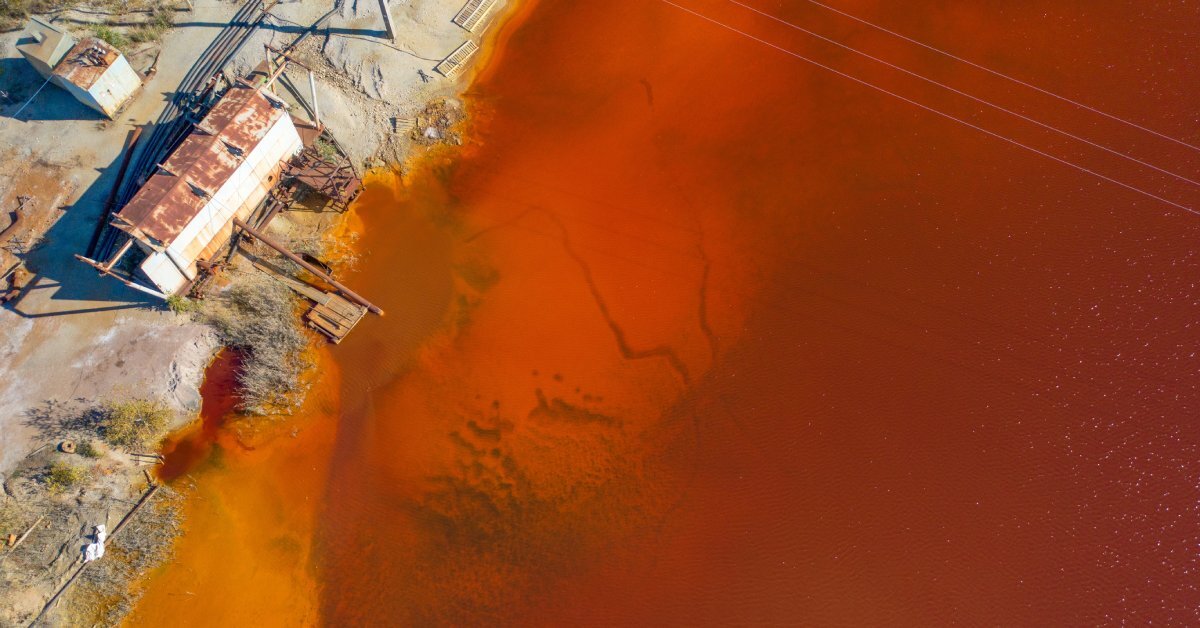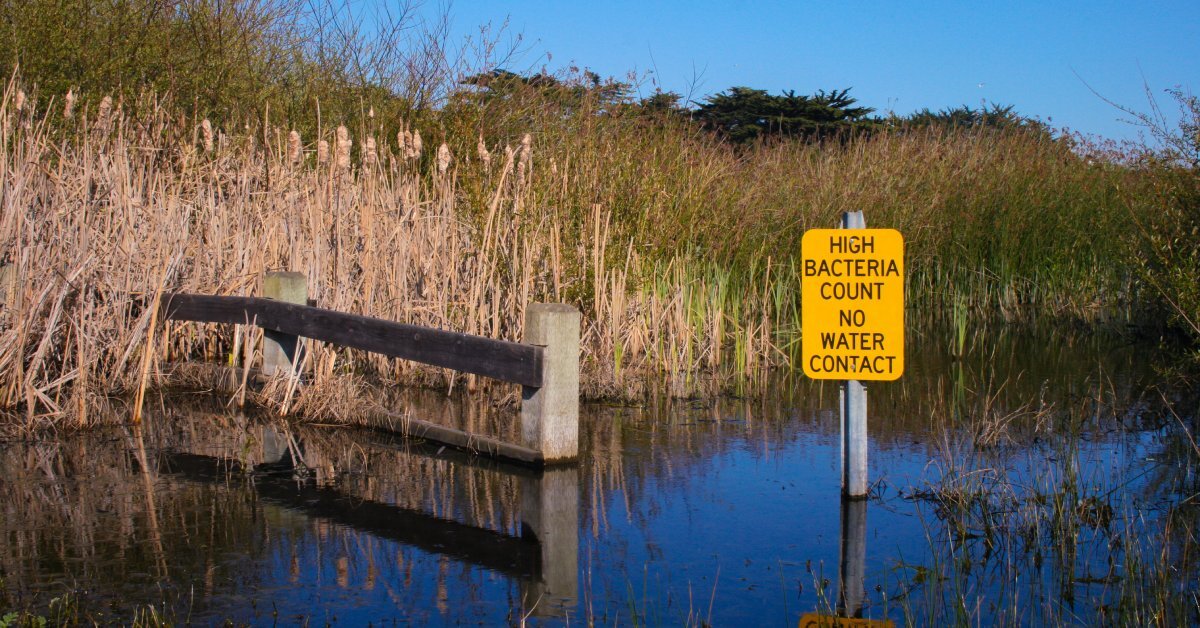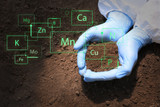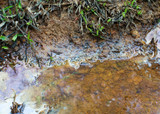A Look at Common Groundwater Pollutants and Their Effects
Groundwater is one of the most important natural resources we rely on, yet it’s often out of sight and out of mind. At least half of the world’s population depends on groundwater for drinking water, and it plays a central role in agriculture and various industries. However, contamination is widespread.
Once pollutants enter an aquifer, they can be difficult and expensive to remove. That’s why understanding the sources and consequences of contamination is essential. Here’s a look at common groundwater pollutants and their effects.
Nitrates from Fertilizer
Nitrate contamination is one of the most prevalent and persistent groundwater issues, particularly in agricultural regions. Often, the overapplication of synthetic fertilizers, manure runoff, or poorly managed septic systems introduce these compounds. Because nitrates dissolve easily in water and move quickly through soil, they can reach aquifers even in areas with moderate rainfall or irrigation.
Once in the groundwater supply, nitrates pose a serious health risk, especially to infants. High levels of nitrate exposure have been linked to methemoglobinemia, or “blue baby syndrome,” which diminishes the blood’s ability to carry oxygen. Adults with certain conditions may also be at risk.
Beyond human health, excess nitrates contribute to eutrophication in downstream water bodies, creating oxygen-depleted zones that harm aquatic life.
Pesticides and Herbicides
Often, the agricultural industry uses pesticides and herbicides to control pests and manage crop yields, making them additional sources of groundwater pollution. Atrazine, glyphosate, 2,4-D and similar chemicals can linger in soil and leach into groundwater over time.
Improper storage, overapplication, and spraying before storms increase the risk of runoff. You can still find pesticides that are no longer legally used in groundwater decades after they were banned.
These substances can be harmful regardless of concentration. Many pesticides are endocrine disruptors, interfering with hormone systems in humans and animals. Others have been linked to cancer, reproductive issues, and neurological disorders.
Herbicides can destroy native plant life and alter ecosystem balances in aquatic systems, leading to further ecological stress.
Heavy Metals
Lead, arsenic, cadmium, and other heavy metals enter groundwater through various industrial processes, including metal mining, battery disposal, paint manufacturing, and corrosion from aging pipes and well casings. These naturally occurring elements can become hazardous when mobilized by human activity.
Unlike some other pollutants, heavy metals don’t break down or dilute over time. After they enter groundwater, they tend to accumulate, leading to chronic exposure risks.
For example, arsenic is a known carcinogen, while lead is especially dangerous to children, impacting neurological development and cognitive function. Even low levels can have long-term health effects when consumed regularly.

Leaching From Abandoned Sites
Old agricultural, industrial, or commercial sites—particularly those that predate modern environmental regulations—often contain buried or residual contaminants. Over time, rainwater can leach these pollutants into the surrounding soil and eventually into groundwater. Common contaminants from these legacy sites include lead, arsenic, mercury, and persistent organic compounds used in pesticides or industrial processes.
The impact isn’t just limited to water. Contaminants trapped in soil can reduce fertility, damage crops, and disrupt microbial ecosystems critical for healthy plant growth. They can also bind to soil particles, making them harder to detect without targeted analysis.
Industrial Solvents and Volatile Organic Compounds (VOCs)
The manufacturing, dry cleaning, and automotive industries frequently use volatile organic compounds (VOCs), including industrial solvents, such as trichloroethylene (TCE) and benzene. These chemicals enter groundwater through improper waste disposal, leaking storage tanks, or inadequately cleaned spills. VOCs can contaminate aquifers even from distant sources due to their ability to travel quickly through soil.
VOCs pose serious risks to human health. Prolonged exposure to certain compounds can increase the risk of liver and kidney damage, immune system disorders, and several types of cancer. Even low-level exposure can cause headaches, dizziness, or respiratory irritation.
Additionally, these chemicals are highly flammable and can pose safety hazards if they accumulate in enclosed spaces, such as basements or well pits.
Pathogens and Biological Contaminants
While chemical pollutants get the most attention, microbial contaminants—such as bacteria, viruses, and protozoa—also pose a significant threat. These pathogens often originate from failing septic systems, animal waste, or improperly treated sewage. During heavy rainfall or flooding, surface runoff can carry them into wells and underground aquifers.
Contaminated groundwater can lead to waterborne illnesses, such as Giardiasis, hepatitis A, and E. coli infections. Outbreaks tend to impact vulnerable populations the hardest, including young children, the elderly, and individuals with weakened immune systems.

Improper Waste Disposal
Contaminants can seep into the soil and reach underground water supplies due to septic system failure, poorly managed landfills, or illegally dumped hazardous materials. Common culprits include pharmaceuticals, cleaning agents, paints, and used motor oil, which contain compounds that don’t break down easily in the environment.
Once these pollutants reach groundwater, they can introduce a mix of bacteria, chemicals, and heavy metals. These substances may pose health risks ranging from gastrointestinal distress to long-term toxicity, especially when they affect private wells or unregulated water sources.
Fuel and Petroleum Products
Leaks from pipelines, underground storage tanks, or fueling stations are a well-documented source of groundwater contamination. Gasoline, diesel, and other petroleum-based fuels contain a range of harmful compounds, including BTEX chemicals—benzene, toluene, ethylbenzene, and xylene—all of which are classified as hazardous to human health.
Beyond their toxicity, petroleum products can create long-lasting contamination plumes that are difficult and costly to clean up. Benzene is a known carcinogen that poses risks even at low concentrations.
Fuel spills also tend to have noticeable environmental consequences, including soil degradation and harm to nearby aquatic ecosystems, making early detection and containment crucial for mitigating these effects.
Salts and Road Deicers
Salts used for deicing roads—primarily sodium chloride, magnesium chloride, and calcium chloride—often seep into the soil and leach into groundwater supplies during snowmelt or rain. Though necessary for winter road safety, overuse or poor storage practices can lead to long-term contamination of nearby wells or aquifers.
Elevated salt levels in groundwater affect both environmental and human health. High sodium content in drinking water can pose risks for people with hypertension or heart conditions.
Salts also harm soil structure and plant life, reducing agricultural productivity and damaging landscaping. Once introduced, salts are difficult to remove and can persist in groundwater for decades, making prevention and responsible usage strategies more critical.
Work With Experts Who Understand Groundwater
This look at common groundwater pollutants and their effects reveals just how critical routine sampling, testing, and monitoring are, particularly for those who may unknowingly be contributing to the problem. From fuel storage mishandling to overuse of fertilizers, small missteps can have long-lasting consequences for water quality.
Many professionals rely on a groundwater sampling kit to monitor for changes and get ahead of potential contamination before it becomes a widespread concern. Whether you’re part of a fertilizing company seeking to maintain compliance or a grower looking to ensure the safety of your well water, we can help you take the right steps toward responsible land management.
We built our sampling solutions with the specific needs of groundwater professionals in mind, because protecting water means knowing exactly what’s in it.
Recent Posts
-
Selecting Soil Sampling Tools for Contaminated Site Work
Selecting the right tools for contaminated site work lays the groundwork for valid data and successf …December 10, 2025 -
10 Reasons Testing Groundwater Is Important
Groundwater is one of the most valuable resources we have. It provides drinking water for millions a …November 20, 2025 -
Why You Should Regularly Check Termite Bait Stations
In industries such as agricultural or groundwater management, unseen threats can quietly undermine y …November 12, 2025




